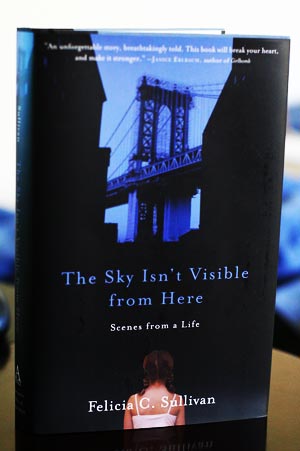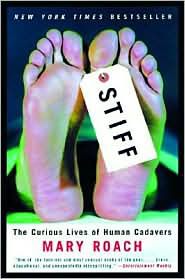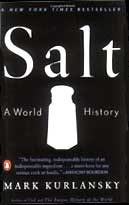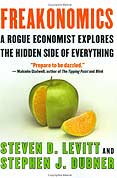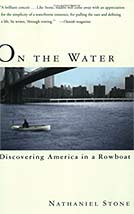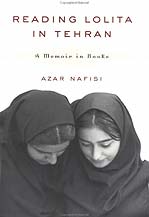I can imagine, that if you worked on Wall St. or in high tech, in some high profile, well-paid job, and your friends summered in the Hamptons and settled in Connecticut suburbs, and you found yourself losing friends, losing your grip, tormented by demons that you couldn’t even name, because to you they seemed like nothing compared to the demons you dealt with growing up, I can imagine that like Felicia Sullivan, the author of The Sky Isn’t Visible from Here: Scenes from a Life, that you too would be compelled to write, to somehow make sense of it all.
I sat down to read this book one night and couldn’t put it down until I finished it at 2 in the morning. No child should have to endure what Felicia grew up with in an environment of neglect, sexual abuse, and drug addiction. We all want our children to be protected, to be surrounded by love and stability. What Felicia survived, was anything but that.
This is a hard book to read, emotionally. Those of us in relatively safe worlds know that people and children exist this way in our own cities, somewhere we know this, in the back of our minds. But most people with lives like this never make it out, and if they do, rarely do they have the skill of writing or gift of narrative to tell such a story to the wider world. That Felicia got herself out, put herself through school, built herself a life, is a testament to her intelligence and will. That she battles with her own pull toward addictive, self-destructive behavior is no surprise, given the broken craziness of her childhood.
I came away from this book sad for all of the children who are growing up this way, who will never get out, sad for Felicia’s mother who probably believes she did the best job parenting she could given that her own mother would lock her in a bathroom for days at a time, and in awe of Felicia for the courage it has taken, and still takes, to lead her life.
